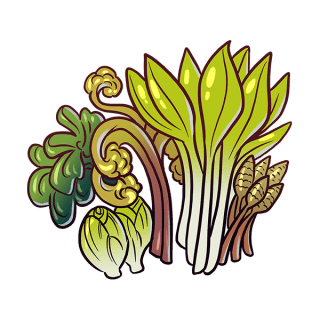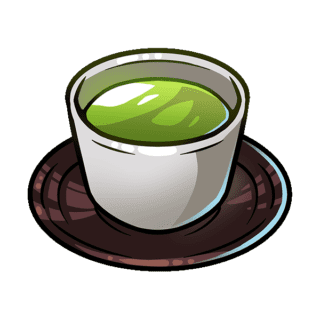Sansai
While sansai are vegetables, they actually aren’t “a” vegetable at all, but rather an entire category of vegetables associated with traditionally being wild. This is opposed to yasai, which are vegetables that are historically cultivated or farmed. The “san” character means “mountain,” in China so sansai basically means “mountain vegetables.”
Generally, the vegetables that fall under this category are ones we’d associate with foraging, although nowadays some are able to be domestically cultivated. There are many different types of vegetables (and some fruits) that make up sansai — roots, leaves, stalks, shoots, aromatics, herbs, bulbs and more. Some examples include Japanese butterbur (“fuki”), fern heads (“warabi”), mugwort, red garlic, and bamboo grass.
Dishes that use sansai are called sansai ryori.
Before modern cultivation, sansai were associated with springtime, when nature began to bloom and during which time these foods became available. At Uwajimaya, you can find different sansai alongside our other vegetables, although they accordingly aren’t always available year round.





